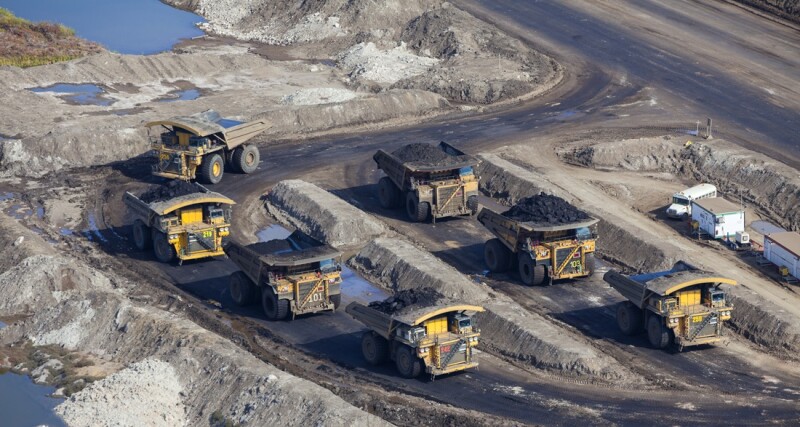Absolute greenhouse-gas (GHG) emissions from Canadian oil sands production rose by less than 1% in 2024 even as total production grew, according to a new analysis by S&P Global Commodity Insights. The latest analysis shows a trend of slower emissions growth continuing amid ongoing improvements to the GHG intensity of production.
Absolute annual emissions rose by less than 1 million metric tons of CO2 equivalent (MMtCO2e) in 2024, according to the analysis. Meanwhile, total oil sands production rose 150,000 B/D.
Since 2019, absolute emissions increased by close to 5 MMtCO2e—an average of 1% annually over that period (excluding 2020)—while production has grown by nearly 400,000 B/D. By comparison, absolute emissions rose by nearly 12 MMtCO2e in the preceding 5 years (2015–2019), when production grew by 600,000 B/D—an annual average increase of 4% (5% from 2009 to 2019).
“The story of oil sands intensity reductions is now well established to the extent that it is becoming the expectation,” said Kevin Birn, chief Canadian oil analyst at S&P Global Commodity Insights. “Operators continue to focus on growth through optimization, which drives more barrels for similar levels of energy and emissions. The result has been more production with increasingly modest absolute emissions growth.”
The new analysis finds that the average GHG intensity of oil sands production declined 3% to 57 kg of carbon dioxide equivalent per barrel (kgCO2e/bbl) in 2024, the most recent year that S&P Global Commodity Insights estimates are available. Efficiency improvements occurred across all forms of oil sands extraction in 2024, the analysis finds.
Since 2009, the average GHG intensity of oil sands production has declined by 28% or nearly 22 kgCO2e/bbl of marketable product.
S&P Global Commodity Insights said it expects absolute emissions to continue to grow—albeit at a slower rate—as expected GHG intensity reductions may continue to be modestly outpaced by production additions. It remains possible that absolute emissions could stall or even decline modestly should future production growth prove to be lower than the current outlook.
“Oil sands production growth has exceeded expectations in recent years, with the S&P Global Commodity Insights annual 10-year production outlook being revised upward for 4 consecutive years,” said Celina Hwang, director of crude oil markets at S&P Global Commodity Insights. “The potential for a peak in oil sands absolute emissions remains, but each year of stronger-than-expected production growth moves that prospect a bit further into the future.”
Find the S&P Global Commodity Insights Oil Sands Dialogue here.

